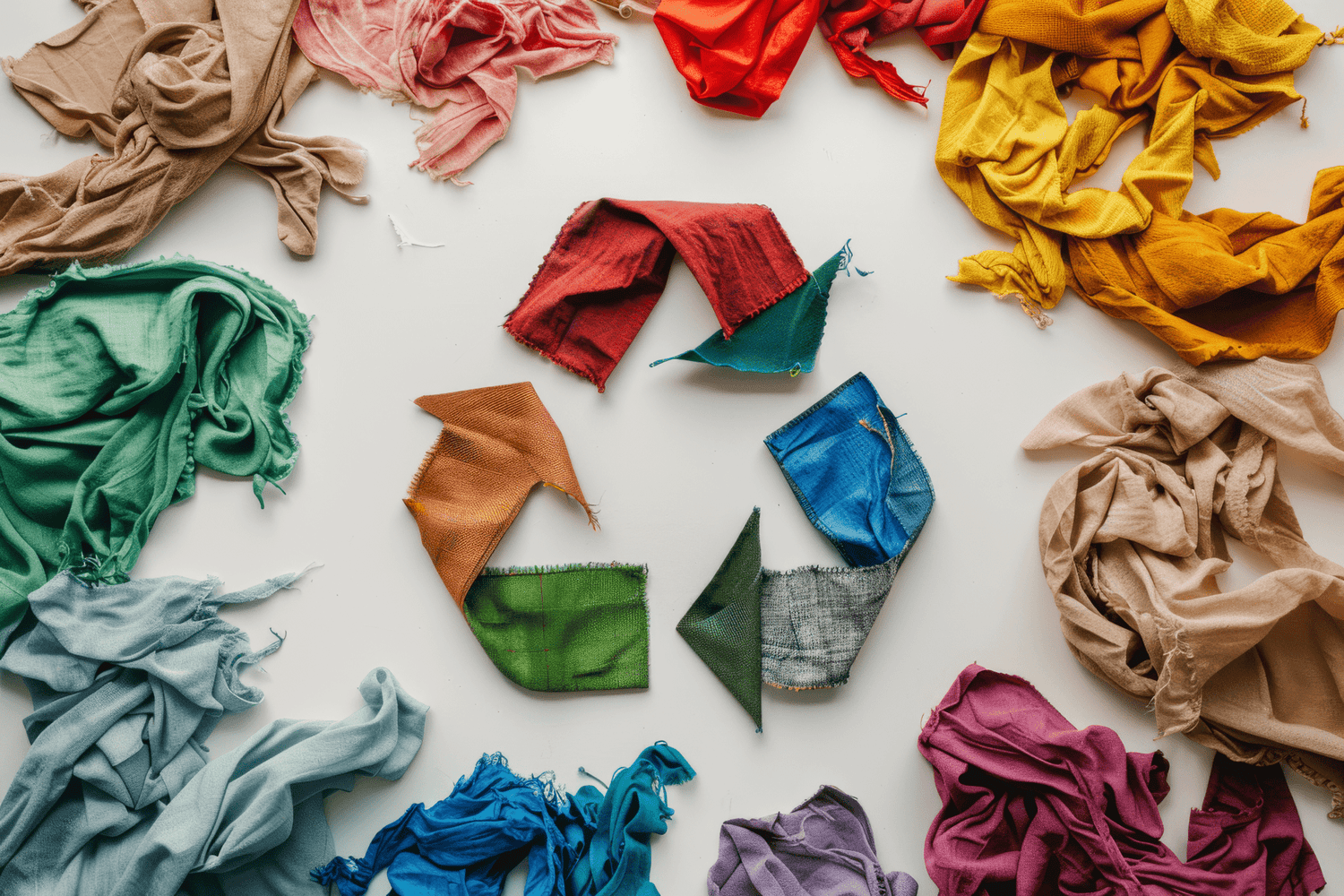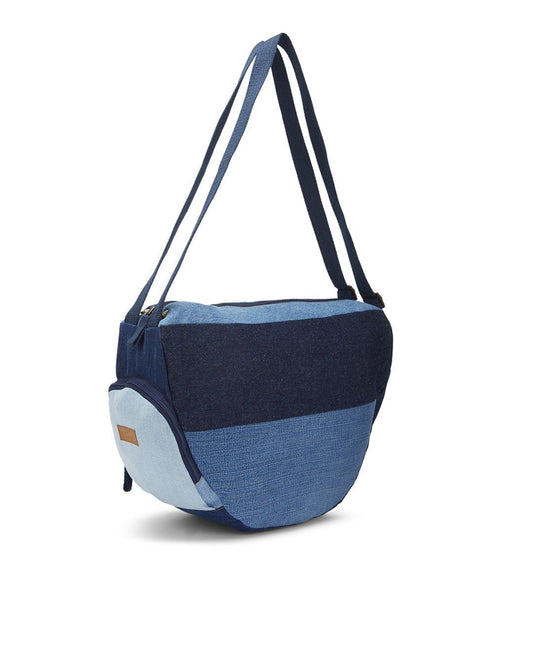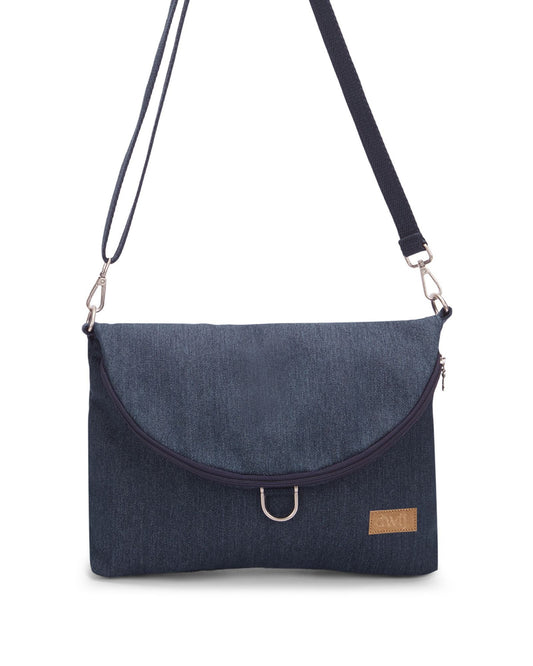With sustainability becoming a more and more pronounced requirement all over the world, both recycling and upcycling are becoming vital methods of waste management and resource preservation. While recycling has been at the heart of environmental efforts for a long time, upcycling offers an even more environmentally friendly alternative with a portion of creativity. In this blog, we will discuss why upcycling often outperforms recycling in terms of environmental benefits and review its effects through several statistics and facts.
What is upcycling?
Upcycling is turning lost or used materials into new high-value products, but not breaking them into raw materials. This differs from recycling, in which the material is first broken down into its simplest form or raw material, and in the upcycling of already prepared materials, the final product’s form and shape. Since we don’t prepare materials, creating new products from them is less polluting in terms of energy and waste, for example, at Dwij Products, bags, toys, jewelry, and home decor. Upcycling is a great way to create high-value, eco-exclusivity products for everyday life, and not waste material.
Upcycling vs. Recycling: Key Differences
- Recycling converts such materials as plastics or metals into raw forms. It is a process that often requires much energy, and sometimes the material quality is decreased.
- Upcycling, in turn, utilizes waste materials in their original form to produce new items. This way, energy and resources are saved, and a new item of the same or higher value is created.
Benefits of Upcycling Over Recycling
1. Conserves Energy and Resources
Recycling implies that a considerable amount of energy is required to be melted down, shredded, or chemically treated in some way. The Energy Information Administration has noted that the costs of recycling plastics can amount to up to 88% of energy use compared to upcycling. In particular, up to 7,000 kilowatt hours of energy may be spent on recycling one ton of plastic. Upcycling does not assume such an energy-intensive process, because the materials are used in their current form. In this view, there is no need for industrial processing, which involves considerable energy costs.
2. Reduces Waste in Landfills
The process of upcycling is one of the most efficient means of reducing the waste of certain items. According to the EPA, 292.4 million tons of municipal solid waste had been generated in 2018 a large portion of which, 146 million tons, ended up in landfills. This issue is only growing, which makes upcycling a solution that can substantially help in diverting waste. Similarly to other types of waste, textile waste greatly affects the number of items ending up in landfills.
92 million tons of textiles are wasted annually globally, and the fashion industry emits 10% of the global carbon emissions. In turn, upcycling old clothes and other fabrics helps businesses such as Dwij Products to minimize the waste of textiles as well as their carbon footprint.
3. Creates Unique, High-Value Products
Upcycled products appear to be perceived as more valuable than their recycled counterparts by the unique design they possess. Moreover, one cannot get an upcycled product by simply mass-producing it, since it is something new. Although not every upcycled product is valuable or successful, it is a recycled product that is produced in masses, varying in quality. In addition, people are increasingly drawn to something special and one-of-a-kind: it is a unique piece that provides unique value. A recent study demonstrated owing upcycled products might get a sustainable benefit from the growing numbers of people, appetitive for good. To be more precise, 62% of Gen Z shoppers prefer to buy from sustainable brands.
4. Encourages Creativity and Innovation
Upcycling is an activity that opens unlimited opportunities for creativity. Rather than mere waste, people get more innovative, discovering how old and unwanted items can be seen from a different angle. Nowadays, it has become a trend in such industries as fashion, home, and art. Indeed, the global upcycled product market is predicted to grow at a CAGR of 5.4% from 2022 to 2027, with people getting increasingly interested in new products that sustain nature and develop creativity.
The Environmental and Economic Impact of Upcycling
Textiles: Every year, just from upcycling one ton of discarded textiles, some 20 tons of CO2 emissions can be saved, equivalent to taking four cars off the road for a whole year.
Plastic waste: Upcycling can largely help to reduce the plastic waste problem, as only 9% of the world’s plastic is recycled these days. Companies can use upcycling to process millions of tons of plastic into a durable and reusable product.
Economic value: The upcycling market on a global level is expected to be worth $4.6 billion by 2027. Upcycling is in high consumer demand as it creates sustainable products. Through the process of upcycling a circular economy is achieved, meaning that products do not rely on a continuous need of new resources.
Conclusion: Why Upcycling Is the Future
Recycling is great, but have you heard about upcycling? In many ways, it is even more sustainable than recycling and much more creative and innovative. It is good for the planet due to less energy used in comparison with recycling operations and less waste produced. It also makes the planet more interesting because very often, upcycled products are unique and of high value. Brands like Dwij Products prove that even discarded materials can be cool and stylish and can save our planet only once we have them. The number of conscious consumers is on the rise, so let us join them and make the upcycling movement great together.






